Need to demo a fence? An old fence can be an eyesore in an otherwise charming backyard, so there comes a time when the weekend project is to demo and remove a split-rail fence.
I shouldn’t love seeing overgrown, tangled up, jungle-ized backyards as much as I do, but I do.
Why do I love them? Because I love taming a yard and bringing disorder back into order.
Such was the case with this split-rail fence. As time passed and life happened for the homeowner, this fence had seen better days.
With my chainsaw in hand, Trusty Rusty the dump truck at the ready, and my then teenage son ready to help, we locked in and got started. Here’s how we demoed and removed the old split-rail fence.
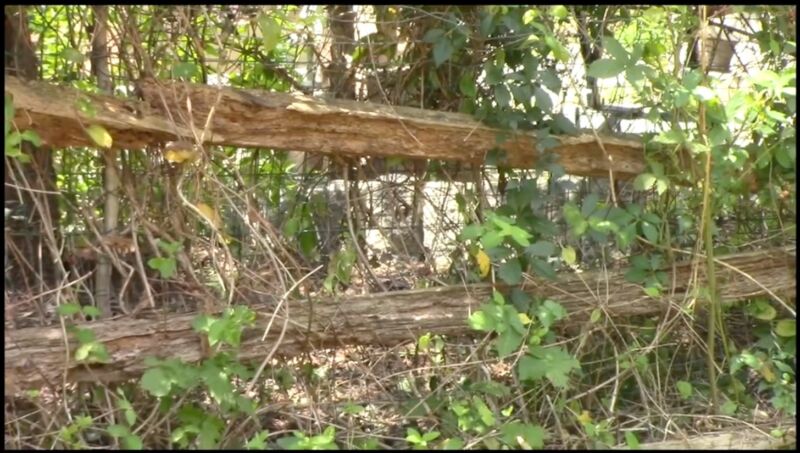
Time to demo and build a new fence for this client
Whether it’s sledgehammering cabinets or driving a loader through a fence, it creates more mess than necessary, it’s inefficient, and not many people are strong enough wield a sledgehammer for as long as necessary to demo a room.
Demo on TV isn’t how the real world works.
First, off, let’s talk demo. Demo on TV isn’t like the real world. Home makeover shows include vitriolic gestures for camera and fictionalized techniques that sort of look like how demolition might be fun, but anyone with DIY experience and fully-functioning brain cells doesn’t do demo that way.
Whether it’s sledgehammering cabinets or driving a loader through a fence, it creates more mess than necessary, it’s inefficient, and not many people are strong enough wield a sledgehammer for as long as necessary to demo a room.
What does work in demo is working in reverse order of how things got there in the first place. Professional remodelers and carpenters pick the room or fence apart in the reverse of how it was built. Start by removing what was attached last.
In this case, we started with the wire mesh screening and the Jack’s beanstalk that had grown through it.
Tools and equipment we use to demo a fence.
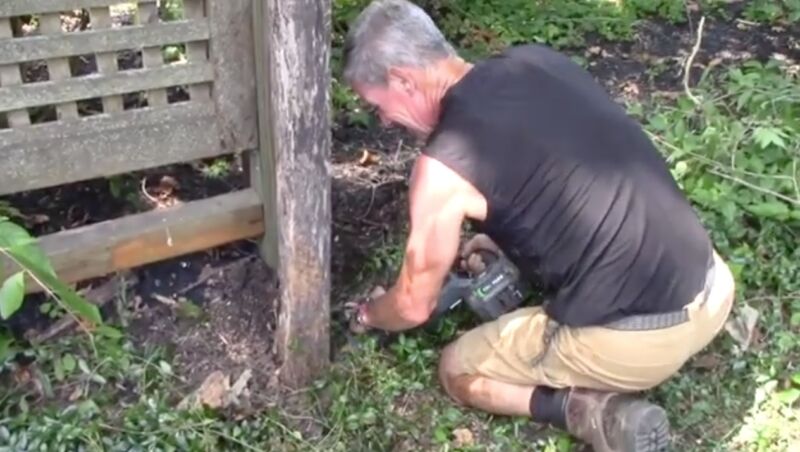
A small, nimble chainsaw is an ideal tool for clearing weed bases, overhanging plant material, and vines.
While muscles work, there is no power on earth like hydraulics. I use my small front-end loader to amplify what could have been done by hand. Because it is a front-end loader and not a skid-steer, it has no impact on the yard. A rentable skid steer type loader will provide you with hydraulics, sure. But, because of the way it turns, it’ll destroy your yard. With a front end loader, all the wheels turn and the body pivots. Things of beauty, really.
“Dikes” or “diagonal cutting pliers.” They are essential for cutting the 2×4 wire mesh grid embedded in the plants and ground.
Gather the obvious shovels, rakes, landscape tools plus the not-so-obvious reciprocating saw. A recip is extremely helpful when taking out a fence that’s trapped inside nature.
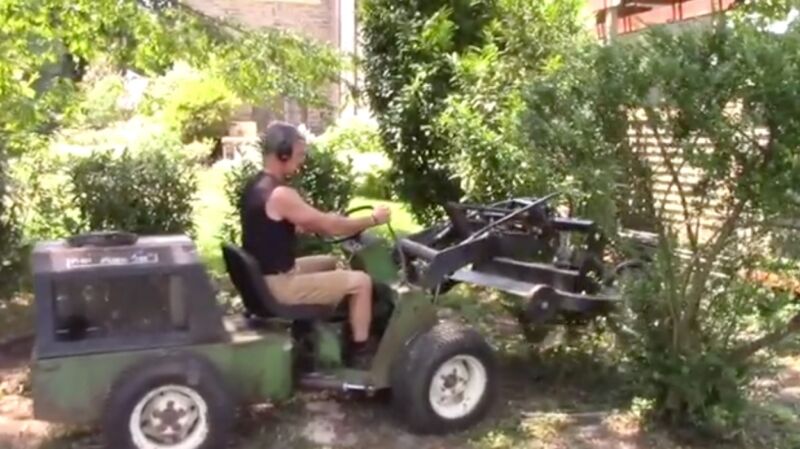
What steps do we take to demo a fence?
Here’s a brief overview of how we demo a fence. You’ll likely find a few surprises along the way, so be careful and don’t rush the process. Rushing and trying to go fast can lead to more work or injury.
- Work in sections.
- Unravel, untangle, free-up everything you can, including overhead so you can walk the fence line.
- Neighbor’s junk in your way? Be ruthless. Cut it way back, so it’s just on their property and not on yours.
- Cut several feet on either side of the fence line so there is room to work.
- Posts do not need to come out of the ground. It’s great if they do, but simply cutting them below grade and changing the new post pattern is a snap. Some of those posts may never come out, and that’s ok.
- There are going to be things–steel rods, old clothes lines, weird stuff–you’ll likely find. Those things, along with fence posts that defy hydraulics, will succumb to a reciprocating saw with the right blade.
- If the neighbors’ landscape is a contributing factor that may impede your future fence maintenance, put this conversation on your radar.
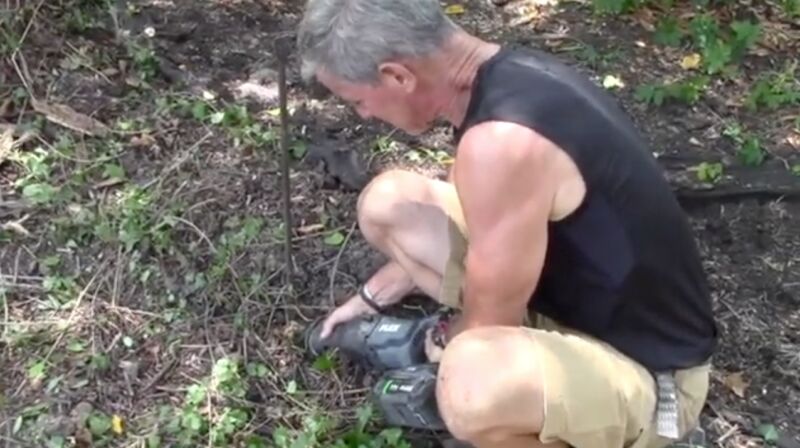
How do we dispose of an old fence?
The debris–something also never really shown in full on TV–has to go somewhere.
When we demo a fence, it’s a lot of debris that we need to remove and put somewhere else. For a split-rail fence of this size–about 200-linear yards–we packed it and all the brush into a 20-cubic yard container, which is my dump truck.
However you decide to dispose of it, check that cost.
Dumpster rental. An 8-yard dumpster was $325 and had a time limit on it before it would incur extra fees.
Bagster. I recently priced dumpsters and the Waste Management Bagster for a clean-out just to check my prices. A Bagster costs about $30 to buy (no time limit) and holds about 3-cubic yards. Waste Management charges a $250 take-away fee, so the per yard cost is $83. And you lose the bag.
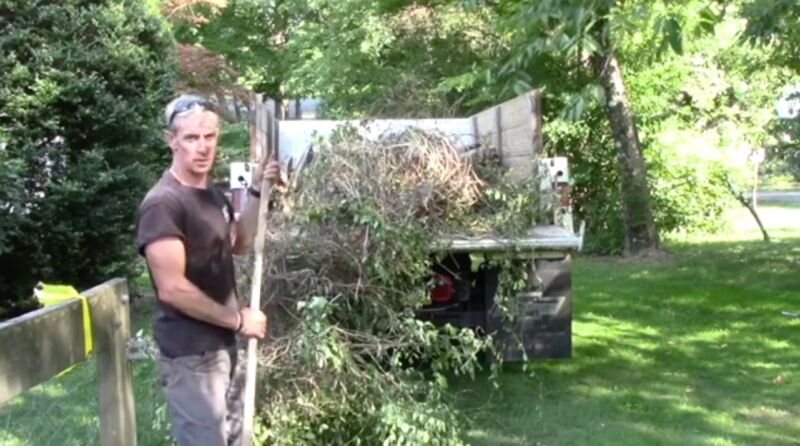
Next Up
We install the new split rail fence. How-to coming soon.
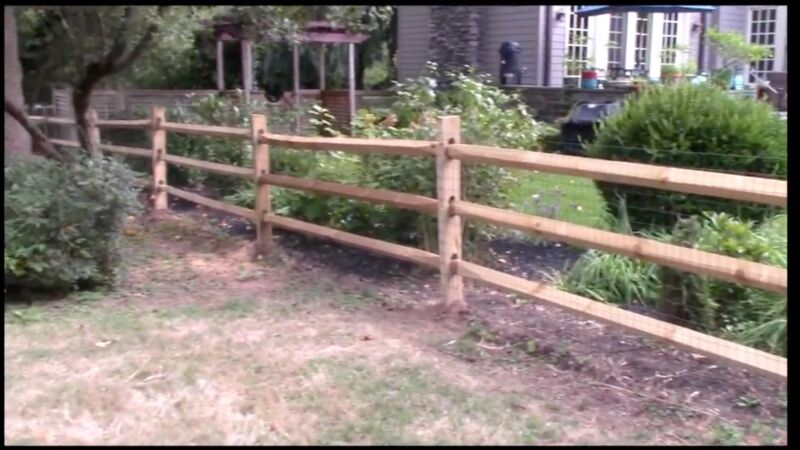
About the Author


